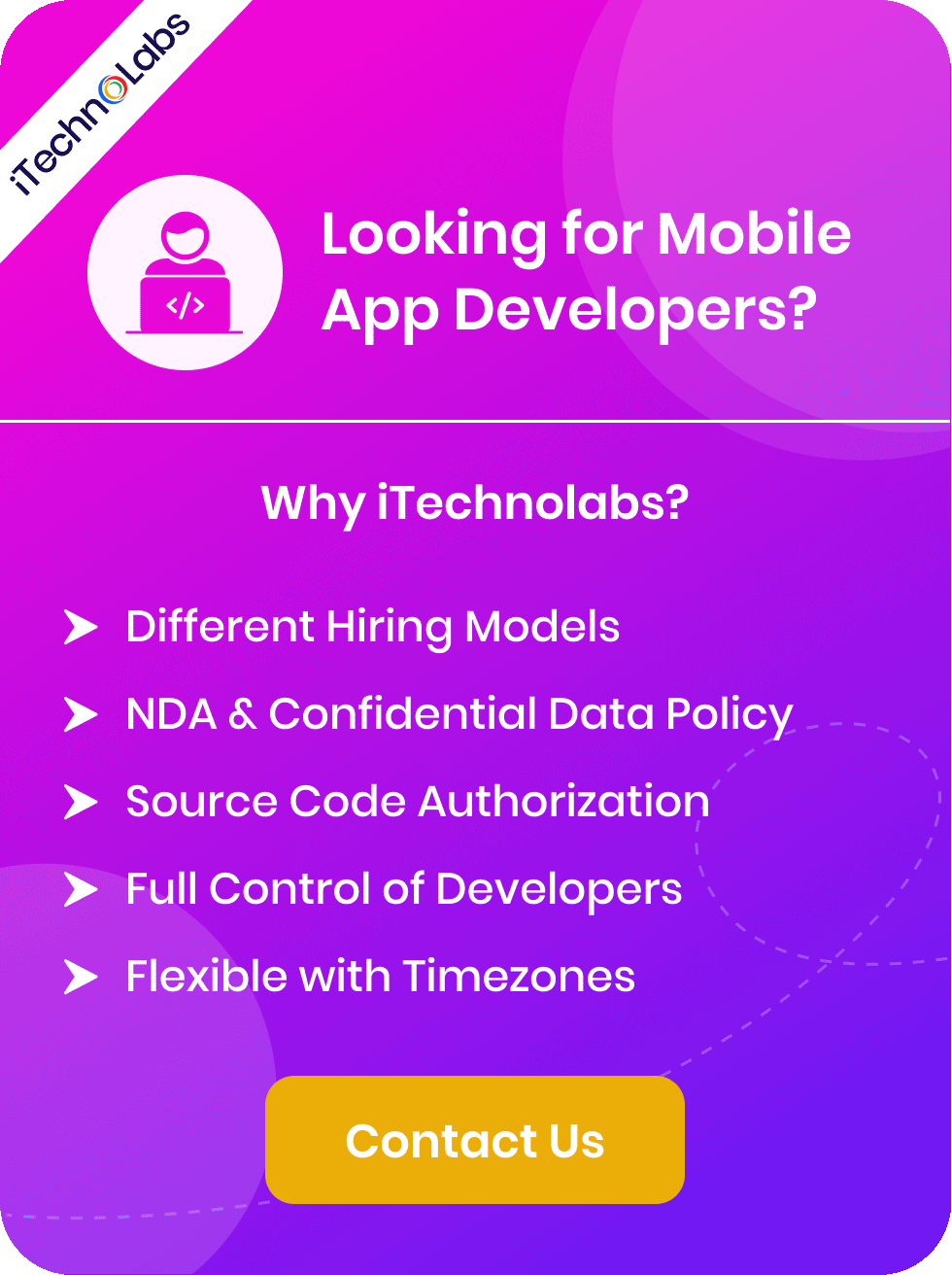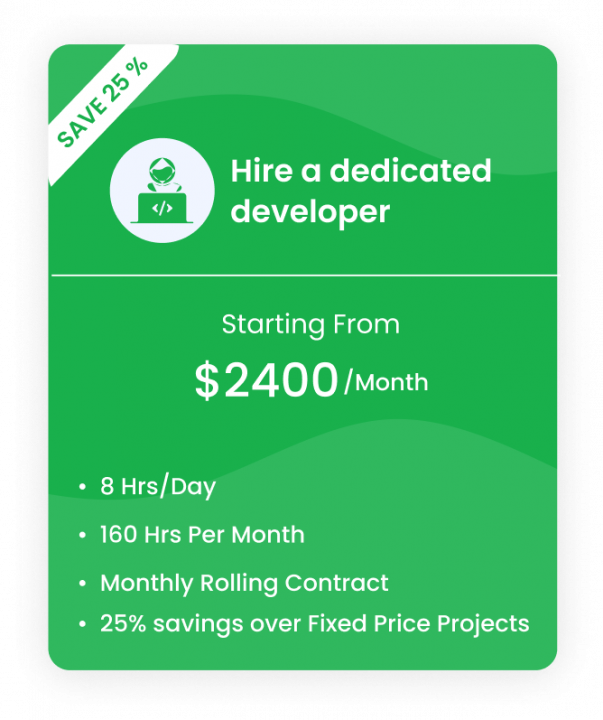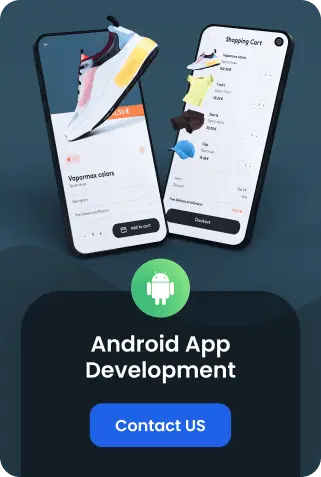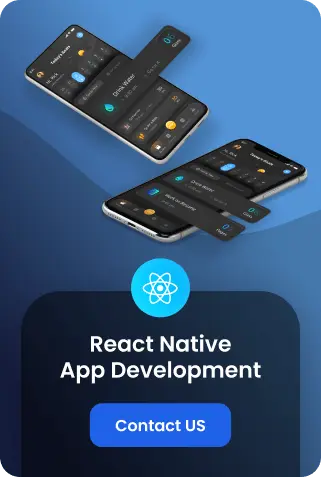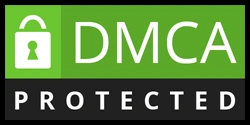With the increasing use of technology in the marine industry, marine fleet management software has become an essential tool for ship owners and operators. This advanced software assists in managing various aspects of a ship’s operations, including crew scheduling, maintenance, fuel consumption tracking, and cargo handling. Offering streamlined processes for these critical areas, aids in the efficient allocation of resources and ensures that ships run smoothly and safely.
Additionally, marine fleet management software enhances safety by continuously monitoring compliance with maritime regulations, identifying potential hazards, and recommending preventive measures. The software’s ability to provide real-time data analytics and comprehensive reporting allows for informed decision-making, helping operators to anticipate issues before they become critical problems.
Such comprehensive management tools are crucial in optimizing fleet performance by minimizing downtime and ensuring that all operational aspects are running at peak efficiency. Moreover, by reducing operational costs through better fuel management and maintenance scheduling, these tools contribute to a more sustainable operation. In a highly competitive market, the importance of such technology cannot be overstated, as it ensures smooth day-to-day operations and helps ship owners stay ahead of the curve by leveraging the latest advancements in marine technology.
What is Marine Fleet Management Software?
Marine fleet management software is a specialized tool designed to help manage and monitor various aspects of a ship’s operations, ensuring smooth and efficient functioning. It typically includes a comprehensive suite of features such as voyage planning, vessel tracking, crew scheduling, maintenance management, fuel consumption tracking, and cargo handling. These tools enable ship operators to plan routes more effectively, keep precise track of their vessels in real-time, optimize crew assignments, and schedule necessary maintenance tasks to prevent unexpected breakdowns.
Moreover, the software tracks fuel consumption meticulously, providing insights that can help reduce fuel costs and minimize environmental impact. Cargo handling features streamline the loading and unloading processes, ensuring that goods are managed safely and efficiently. This advanced software is specifically designed for the marine industry and offers significant benefits to ship owners and operators by enhancing operational efficiency, ensuring higher levels of safety, and optimizing costs.
Additionally, many modern marine fleet management solutions integrate with other systems such as weather forecasting tools and port management systems, further improving their utility. The ability to generate detailed reports and analytics also assists in strategic decision-making and compliance with regulatory requirements, making these tools indispensable in the maritime sector.
8 Steps to Build Marine Fleet Management Software
Step 1: Define Your Objectives:
The first step in building marine fleet management software is to clearly define the objectives and goals you want to achieve with the software. This can include improving operational efficiency by streamlining processes and automating routine tasks, enhancing safety measures through real-time monitoring and alerts, reducing costs by optimizing routes and maintenance schedules, and complying with regulatory requirements by ensuring all necessary documentation and procedures are up to date. Additionally, it’s important to consider the specific needs of your fleet, such as the size and type of vessels, and any unique challenges they may face. By having a well-defined set of objectives, you can better tailor the software to meet the demands of your operation and ensure its successful implementation.
Step 2: Market Research:
Before starting the development process, it’s crucial to conduct thorough market research. This involves studying the current trends and technologies in the marine fleet management sector, analyzing the competition, and understanding the needs and pain points of potential customers. This research will help you identify any gaps in existing solutions and guide your software’s features and functionalities to stand out in the market.
Start by gathering data from industry reports, attending relevant conferences, and engaging with industry experts. Conduct surveys and interviews with potential users to gain deeper insights into their daily challenges and what solutions they currently use. Additionally, consider the regulatory environment and compliance requirements specific to marine fleet management, as this will influence the development and adoption of your software. By investing time in comprehensive market research, you lay a solid foundation for creating a product that not only meets market demands but also provides an innovative edge over competitors.
Step 3: Design and Prototyping:
Once you have a clear understanding of the market and user needs, it’s time to start designing your software. Begin by creating wireframes and prototypes that map out the user flow and interface. This will help you visualize the end product and make necessary adjustments early on in the development process.
Consider incorporating features such as real-time tracking, route optimization, maintenance scheduling, and fuel consumption monitoring into your software. These are essential functionalities for efficient marine fleet management, so ensure they are well thought out and integrated seamlessly into the design.
Step 4: Choose the Technology Stack:
Choosing the right technology stack is crucial for the success of your software. Consider factors such as scalability, security, and compatibility with other systems when making this decision.
For marine fleet management software, you may want to consider using cloud-based solutions for easy access and real-time data sharing. Additionally, incorporating IoT (Internet of Things) technology can enable automated tracking and monitoring of vessels and equipment.
Step 5: Core Features Development:
With the design and technology stack in place, it’s time to start developing the core features of your software. This includes creating a user-friendly interface, implementing real-time tracking and monitoring, and integrating data analytics capabilities.
Ensure that your software can handle large amounts of data efficiently and offers customizable reporting options for users. It is also essential to prioritize security measures to protect sensitive information and prevent cyber attacks.
Step 6: Integration and Connectivity:
Your marine fleet management software should be able to integrate with other systems and devices, such as GPS tracking systems, sensors, and communication tools. This will allow for seamless data sharing and streamlined operations.
Additionally, consider incorporating mobile compatibility so that users can access the software on their smartphones or tablets while out at sea.
Step 7: Testing and Quality Assurance:
Before launching your software, it is crucial to conduct thorough testing to ensure its functionality and identify any potential bugs or errors. This process involves a series of steps, such as unit testing, integration testing, and system testing, each designed to examine different aspects of the software. Additionally, it’s important to gather feedback from beta testers, who provide valuable real-world insights and highlight any issues that may not have been apparent during the initial testing phases. By addressing these issues and making necessary improvements, you increase the likelihood of a successful and smooth software release.
Step 8: Deployment & Maintenance:
Once your software has been thoroughly tested and deemed ready for use, it’s time to deploy it. This involves installing the software on designated servers or cloud-based platforms and making it accessible to users. It is essential to have a detailed deployment plan in place to ensure a smooth transition from development to production.
After deployment, ongoing maintenance is necessary to keep your software running smoothly. This includes regular updates and bug fixes as well as providing technical support to users when needed.
Also Read: 7 Advanced Fleet Management Technologies to Implement in Your Business
Features of Marine Fleet Management Software
| Feature | Description |
| Real-Time Tracking | Monitor the precise location and status of each vessel in your fleet with GPS technology |
| Maintenance Scheduling | Plan and schedule regular maintenance to ensure that vessels remain in optimal condition, reducing downtime and unexpected repairs. |
| Fuel Management | Track fuel consumption, optimize fuel usage, and identify potential savings with detailed fuel management tools. |
| Crew Management | Efficiently manage crew assignments, certifications, and rotations to ensure compliance and operational efficiency. |
| Inventory Management | Keep track of spare parts, provisions, and other materials across the fleet to ensure you have what you need when you need it. |
| Compliance Monitoring | Automatically track and generate reports to ensure all vessels comply with regulatory requirements and safety standards. |
| Weather Forecasting | Access real-time weather data and forecasts to make informed decisions and navigate safely. |
| Route Optimization | Plan the most efficient routes for your vessels, reducing fuel consumption and travel time. |
| Communication Tools | Enhance communication between vessels and the shore team with integrated messaging and data transfer capabilities. |
| Analytics and Reporting | Generate comprehensive reports on various aspects of fleet operations, from fuel efficiency to maintenance costs, to inform strategic decision-making |
How Much Does It Cost To Build Marine Fleet Management Software?
When considering the cost of building marine fleet management software, several factors come into play, which can influence the overall budget significantly. The complexity of the system, the number of features, and the level of customization needed will all contribute to the final cost. On average, basic marine fleet management software with essential features might cost between $50,000 and $100,000. For a more comprehensive system with advanced functionalities, such as predictive maintenance, real-time monitoring, and sophisticated analytics, the cost can range from $150,000 to $300,000 or more. Additionally, ongoing maintenance, updates, and support can add 15-20% of the initial development cost annually. It’s crucial to work with experienced developers to ensure that the software meets all operational needs and complies with industry standards.
1. Scope and Features:
The scope and features of the marine fleet management software will have a significant impact on the development cost. A basic system with standard features like route planning, communication tools, and analytics will be less expensive than a more comprehensive solution with advanced functionalities like real-time tracking, predictive maintenance, and crew management.
2. Tech Stack :
The technology stack used to develop the software will also influence the cost. A basic system built with open-source technologies will be less expensive than a custom solution developed using proprietary tools and frameworks.
3. Platform:
The platform on which the software will be deployed also plays a role in determining the cost. A web-based system will have lower development costs compared to a mobile application or an integrated solution that combines both web and mobile interfaces.
4. Integration:
The integration of the marine fleet management software with existing systems and hardware can also significantly impact the cost. If the software needs to be integrated with multiple third-party applications or devices, it will require more development effort, thorough testing, and potentially additional support. This increased complexity can add to the overall budget, as it may involve hiring specialized developers, purchasing additional integration tools, or extending project timelines to ensure seamless functionality. Proper planning and resource allocation are essential to manage these integration challenges effectively.
5. Customization:
Customization requirements can also impact the cost of developing the marine fleet management software. Organizations may have specific needs and use cases that require custom features or modules to be developed from scratch. Customization can add development time, testing efforts, and additional resources, increasing the overall cost.
6. User Interface (UI) and User Experience (UX):
The UI and UX design of the software play a critical role in its usability, effectiveness, and user satisfaction. A well-designed interface can improve efficiency, reduce training time, and minimize errors, ultimately leading to cost savings for the organization. However, designing an intuitive and visually appealing UI/UX requires specialized skills and expertise that may come at a higher price.
7. Regulatory Compliance:
For marine fleet management software, ensuring compliance with relevant regulations and standards is crucial. This may include meeting safety and security requirements, adhering to environmental regulations, or complying with international maritime laws. Compliance can add to the development cost of the software as it may involve additional research, testing, and documentation efforts.
8. Testing and Quality Assurance:
Testing and quality assurance are critical to ensure the functionality, performance, and security of marine fleet management software. This includes unit testing, integration testing, system testing, and user acceptance testing. The more complex the software, the more extensive and rigorous these tests need to be, resulting in higher costs.
9. Maintenance and Support:
Once the marine fleet management software is implemented, ongoing maintenance and support are necessary to keep it functioning efficiently. This may include bug fixes, regular updates, user training, technical support services, etc. The cost of maintenance and support should also be considered when budgeting for marine fleet management software development.
10. Scalability and Flexibility:
Marine fleet management systems need to be scalable and flexible enough to accommodate the growing needs of the organization. This may involve adding new features, integrating with other systems, or expanding to support a larger fleet. Designing flexible and scalable software may require investing in advanced technologies which can increase the cost of development.
Suggested: How Much Does it Cost to Create An App
How can iTechnolabs help you with fleet management software development?
At iTechnolabs, we have extensive experience in developing custom marine fleet management software that meets the specific needs and requirements of our clients. Our team of skilled software developers and engineers can work closely with you to understand your business goals and design a tailored solution that fits your budget.
We follow industry best practices and use cutting-edge technologies to develop high-quality, reliable, and scalable fleet management software. Our comprehensive approach includes thorough testing, quality assurance, and ongoing maintenance to ensure the smooth functioning of the software.
- Customized Solutions: We provide bespoke marine fleet management software tailored to your specific business requirements and operational goals.
- Experienced Team: Our developers and engineers bring years of expertise in building robust and scalable software solutions.
- Cutting-edge Technologies: We leverage the latest technologies and best practices to ensure your fleet management software is efficient and up-to-date.
- End-to-End Development: From initial consultation and planning to development, testing, implementation, and maintenance, we offer comprehensive services.
- Continuous Support: Our commitment extends beyond delivery, offering ongoing support and updates to keep your software running smoothly.
- Integration Capabilities: We ensure seamless integration with existing systems and third-party applications to enhance your operational workflows.
- Cost Efficiency: Our teamwork focuses on delivering top-quality software solutions within your budget constraints.
- Security: We prioritize the security of your data and operations, implementing rigorous protocols to safeguard against potential threats.
- Scalability: Designed for growth, our fleet management solutions can be easily scaled to meet the expanding needs of your business.
Are you planning to develop a marine fleet management software system?
Contact us!
iTechnolabs stands out as a premier software development company for developing fleet management software due to a multitude of compelling benefits. With a team of experienced developers and a commitment to cutting-edge technology, they deliver solutions that enhance efficiency, reduce costs, and provide real-time tracking and analytics for optimal fleet performance. Partnering with iTechnolabs ensures that your business gains access to:
- Expertise and Experience: With a seasoned team of developers and engineers proficient in the latest technologies and industry best practices, iTechnolabs brings a wealth of knowledge to the table, ensuring the delivery of top-notch software solutions.
- Tailored Solutions: We understand that each business is unique. Therefore, our bespoke software development approach ensures that your specific requirements and operational goals are met with precision, providing a truly customized experience.
- Comprehensive Service Offering: From the initial consultation phase to development, testing, implementation, and ongoing maintenance, iTechnolabs offers an end-to-end development service. This comprehensive approach guarantees that every stage of your software development is managed with professionalism and expertise.
- Robust and Scalable Software: Our solutions are designed with scalability in mind, allowing your fleet management software to grow and adapt alongside your business needs, ensuring long-term utility and efficiency.
- Enhanced Integration Capabilities: Our solutions ensure seamless integration with your existing systems and third-party applications, streamlining operations and enhancing overall workflow efficiency.
- Focus on Security: iTechnolabs prioritizes the security of your data and operational integrity. Our rigorous security protocols are designed to protect your business from potential threats, providing peace of mind.
Important: Cost to Develop Fleet Management App
Conclusion:
iTechnolabs is committed to delivering high-quality software solutions that cater to the unique needs and goals of each business. With a team of seasoned professionals, a tailored approach, comprehensive services, robust and scalable software, enhanced integration capabilities, and a strong focus on security, we strive to provide our clients with the best possible experience. We are constantly exploring new technologies and industry best practices to ensure that our clients stay ahead in their respective industries. Trust iTechnolabs for all your fleet management software development needs and take your business to the next level.
Frequently Asked Questions
What Are The Main Steps In Developing A Marine Fleet Management System?
The main steps in developing a marine fleet management system include several critical phases. First, requirements gathering involves understanding the needs and specifications of all stakeholders. Next, analysis and planning help in outlining the project’s scope and creating a detailed roadmap. During the design and architecture phase, the system’s structure and user interface are meticulously crafted. Following this, coding and development bring the design to life through programming and software creation. Extensive testing and quality assurance are conducted to ensure the system operates flawlessly. Once ready, deployment and implementation ensure the system is smoothly integrated into the current operations. Finally, ongoing maintenance and support are provided to address any issues and keep the system running efficiently.
2. What Are The Advantages Of Marine Fleet Management Software For Your Business?
Marine fleet management software offers numerous advantages for businesses, including:
- Improved efficiency: With real-time tracking and monitoring capabilities, businesses can streamline their operations and optimize their resources. This results in increased productivity and reduced costs.
- Enhanced safety: Fleet management software enables businesses to monitor vehicle activities and driver behavior, promoting safe driving practices and reducing accidents.
- Cost savings: By optimizing routes, reducing fuel consumption, and minimizing maintenance expenses, marine fleet management software helps businesses save costs in the long run.
- Better decision-making: With access to comprehensive data and analytics, managers can make informed decisions about routing, scheduling, and resource allocation, leading to improved operations and profitability.
- Regulatory compliance: Marine fleet management software helps businesses ensure compliance with industry regulations and standards, reducing the risk of fines or penalties.
3. What Are The Challenges In Developing Marine Fleet Management Software For A Ship?
Developing marine fleet management software for a ship is a complex and challenging task. Some of the major challenges in this process include:
- Integration with different systems: A ship may have multiple onboard systems such as navigation, communication, and engine control. Integrating these systems with the fleet management software can be difficult due to compatibility issues.
- Real-time data processing: Ships operate in remote and often harsh environments, making it crucial for fleet management software to process real-time data accurately. This requires robust hardware and reliable internet connectivity.
- Data security: With sensitive information being transmitted between the ship and shore, ensuring data security is essential. Any breach in data security can lead to serious consequences, including safety hazards and financial losses.
- User-friendly interface: Marine fleet management software must have a user-friendly interface that is easy to navigate and understand for crew members with varying levels of technical expertise. This requires extensive testing and customization based on user feedback.
4. What Are The Main Stakeholders Involved In The Development And Implementation Of Software For Marine Fleet Management?
The main stakeholders involved in the development and implementation of software for marine fleet management include:
- Ship owners and operators: They are responsible for making decisions regarding the adoption and use of fleet management software on their vessels.
- Fleet managers: They oversee the day-to-day operations of a fleet, including managing schedules, monitoring vessel performance, and ensuring compliance with regulations.
- IT professionals: They are involved in developing, maintaining, and updating the fleet management software to ensure its smooth functioning.
- Crew members: They are end-users of the software and rely on it to perform their duties efficiently. Their feedback is crucial during the development process to ensure the software’s usability.
- Regulatory bodies: They set industry standards and regulations that must be adhered to by fleet management software for safety and compliance purposes.
5. What Will Be The Future Of Marine Fleet Management Software In The Future?
The future of marine fleet management software looks promising as the industry continues to embrace digitization and automation. Some developments that we can expect to see in the future include:
- Integration with emerging technologies: As technology advances, fleet management software is likely to integrate with emerging technologies such as artificial intelligence and Internet of Things (IoT) devices for improved data collection and analysis.
- Remote monitoring capabilities: With the increasing use of remote monitoring systems, fleet management software will enable real-time tracking and monitoring of vessel performance, allowing for quicker response to issues.
- Predictive maintenance: By utilizing data analytics and machine learning algorithms, fleet management software will be able to predict when maintenance is needed, reducing downtime and optimizing vessel performance.
- Enhanced safety features: With stricter regulations and a growing focus on safety in the maritime industry, fleet management software will continue to evolve with advanced safety features such as collision avoidance systems and real-time weather updates.
- Improved user interface: As the end-users of fleet management software (crew members) become more tech-savvy, there will be a greater demand for user-friendly interfaces that are easy to navigate and require minimal training.
